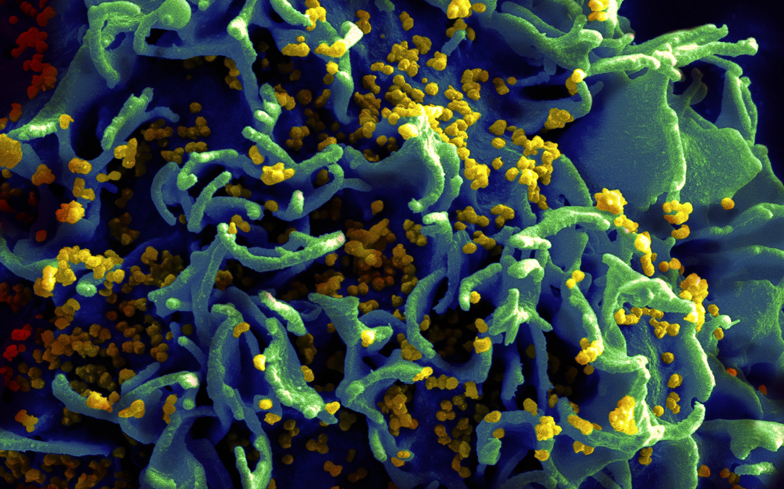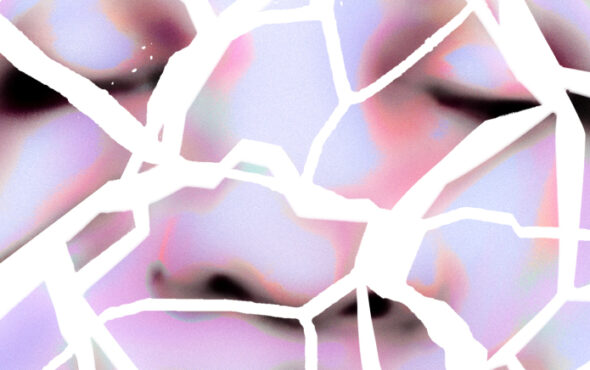
New cases in Singapore hit a 14-year low, while new cases in Australia hit an 18-year low.
New HIV cases in both Singapore and Australia have become the lowest in over a decade. In Singapore, the Ministry of Health announced there were only 313 new HIV cases, the lowest it has been for 14 years.
Out of these, newly diagnosed infections of HIV fell by 28%, while new cases in men had fallen by 38%. However, out of these new cases, it was estimated that 52% of them were men who had sex with men (MSM).
Action for Aids Singapore were delighted with the news, and said that education on safer sex, access to pre-exposure prophylaxis (PrEP), and tackling stigma and discrimination were bringing infections down.
Unhelpfully, the Ministry of Health released a statement, saying: “The most effective way to prevent HIV infection is to remain faithful to one’s spouse/ partner and to avoid casual sex.”
And over in Australia, last year they recorded 835 new cases, which is the lowest amount since recording began back in 2001.
Research, which was released by the Kirby Institute at the University of South Wales, found there had been a 23% drop in new cases over the past five years.
However, researchers found there hadn’t been a decline in new cases from heterosexual people or indigenous Australians.
Professor Rebecca Guy, the head of the Kirby Institute’s Surveillance, Evaluation and Research Program, said: “The reduction is very encouraging. Although we’ve seen reductions in recent years in some Australian states, in 2018 we saw significant reductions at a national level.
“The decline in HIV diagnoses is a result of the incredible commitment from government, healthcare, community and research sectors to eliminate HIV transmission in Australia.
“As a result of these partnerships, more people are being tested for HIV than ever, people living with HIV are starting treatment earlier, and we’re seeing a very promising uptake of PrEP among gay and bisexual men. The combination of all these strategies has led to these reductions.”
However, speaking about how to reduce new cases in indigenous Australians, Associate Professor James Ward, said: “We need targeted, culturally appropriate, community focussed campaigns to increase testing and treatment and PrEP and we need to focus on increasing awareness, both within the community and among healthcare providers.”
The announcement of the drop in both countries comes in the same week that scientists successfully eliminated the HIV virus in a living animal for the first time.
Researchers at the Lewis Katz School of Medicine at Temple University and the University of Nebraska Medical Center eliminated the replication-competent HIV-1 DNA from the genomes of mice, marking a crucial step towards the development of a human cure.
Kamel Khalili, lead author on the study, said: “This observation is the first step toward showing for the first time, to my knowledge, that HIV is a curable disease. Over the years, we have looked at HIV as an infectious disease.
“But once it gets into the cell, it’s no longer an infectious disease but becomes a genetic disease because the viral genome is incorporated into the host genome. We think this study is a major breakthrough because it for the first time demonstrates after 40 years of the AIDS epidemic that the HIV disease is a curable disease.
“The big message of this work is that it takes both CRISPR-Cas9 and virus suppression through a method such as LASER ART, administered together, to produce a cure for HIV infection. We now have a clear path to move ahead to trials in non-human primates and possibly clinical trials in human patients within the year.”
Related: 10 facts about HIV you should definitely know by now





